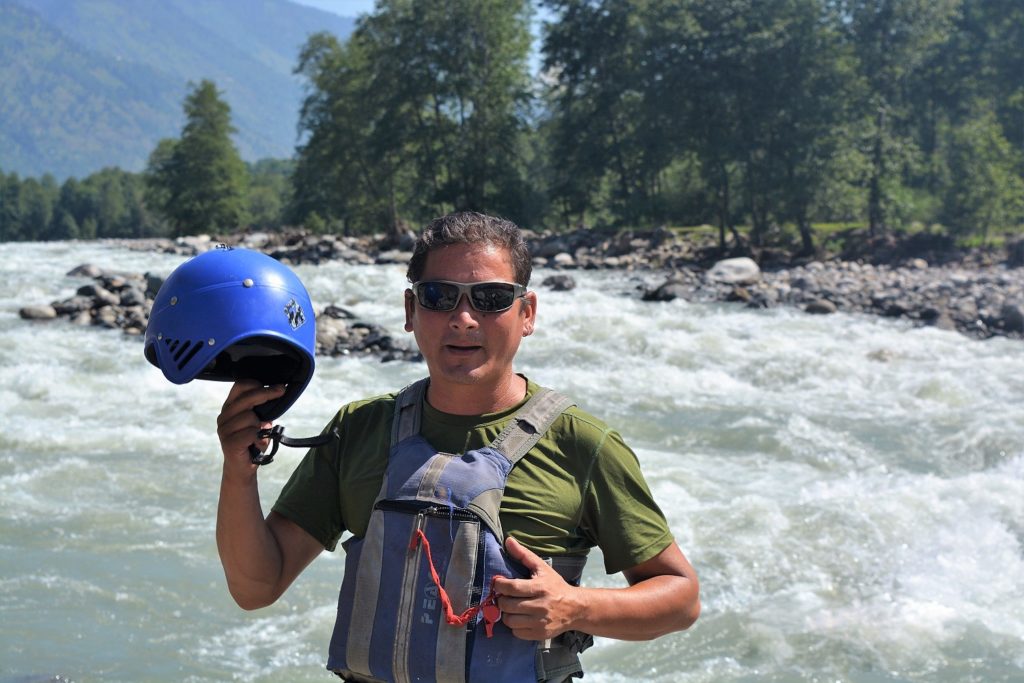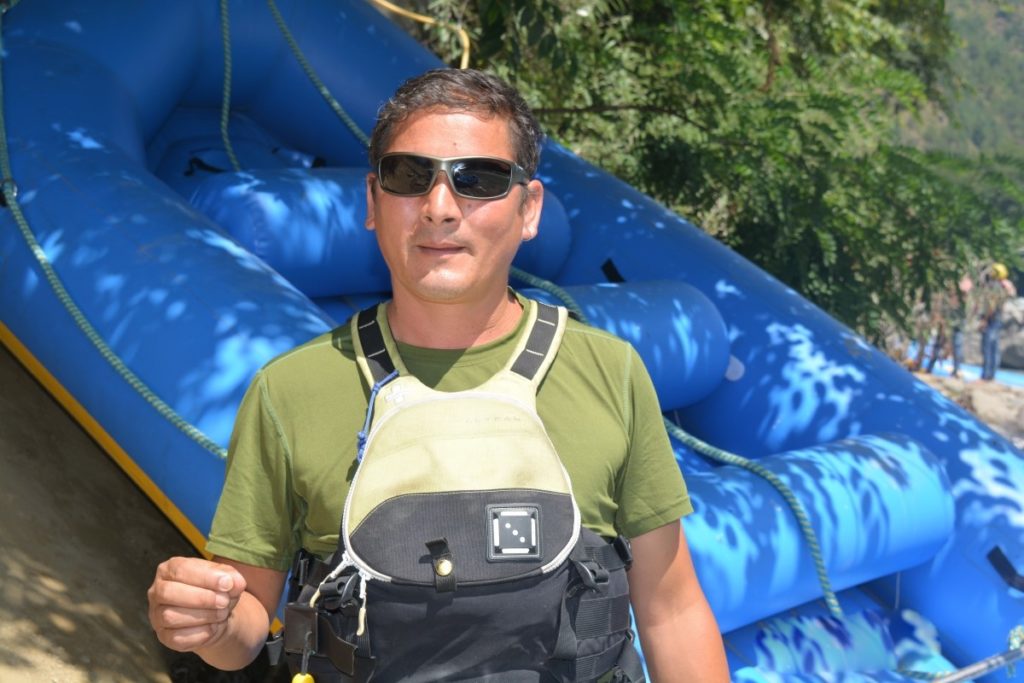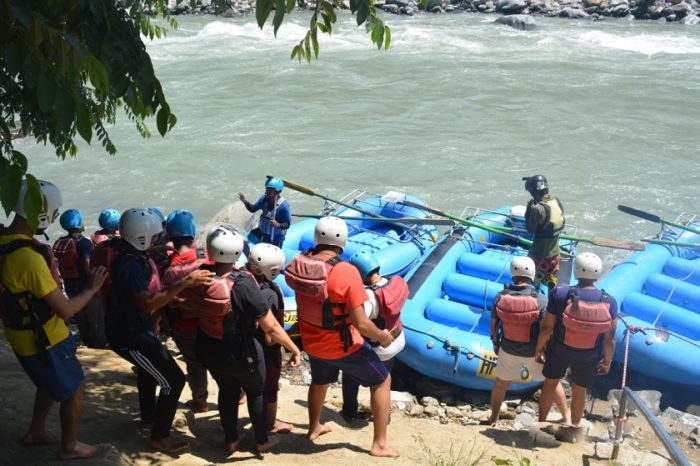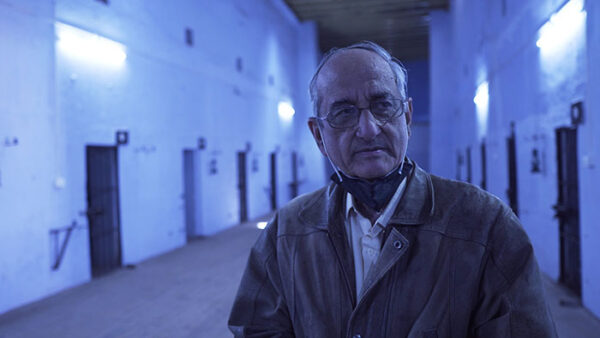Himachal
Profile
The River Man

Nobody understands the Beas river the way Bhuvnesh Thakur does.
He knows exactly where the river bends, all the places where she blasts into a gushing torrent or where she expands her calmness; he has felt the depths of her serenity and seen the faces of her ferocity.
An accomplished kayaker and a raft guide, Mr Thakur, who is in his early 40s, has an unmatchable safety track record and several high points in his over two decades of professional career that stretches from rivers like Beas to the Ganges, Bhagirathi, Alaknanda in Uttarakhand, Zanskar and Indus in Ladakh and Koshi in Nepal.
A top rescuer and a river safety expert, he has led more than 40 rescue missions in the rivers of Himachal Pradesh, Uttarakhand, and Ladakh, saving many lives and earning quite a few monikers along the way but the one — ‘River Man’ — stuck.
He was also instrumental in getting a ban lifted on rafting in the Babeli stretch of the Beas river. Some ten years back or so, the local administration had banned rafting on this stretch and Mr Thakur approached the Himachal Pradesh High Court against the order and got it lifted from the court.
A former head of the association of rafting operators in Kullu, which he had founded, and a member of the district administration’s committee on implementing ‘safe rafting practices,’ he has a mission in his life: To make rafting safer in the Beas river.
“You can’t take a river lightly. There are rules of a river and you must follow them. What rafting operators are doing here is playing with the lives of others,” says Mr Thakur, who spoke at length to the WildCone in a freewheeling interview on making rafting safer and better.
Here are some excerpts from the interview:

Q: Is rafting unsafe in Beas?
A: No, I won’t say that. Let’s put it this way: It’s not unsafe but we can make it safer. Hundreds of people go rafting every day in Beas especially during the summer months and nothing happens. They enjoy the experience and return home planning their next rafting trip. But then once in a while tragedies do strike and innocent people lose lives for no fault of theirs. This year already the Beas has seen two raft capsizes in which two people died. My aim is to not let this happen, to make rafting safest adventure sport and which I believe can be done.

Q: Who do you think are to be blamed for the rafting deaths in the Beas river witnessed almost every year — rafting operators or the local authorities?
A: Both are to be equally blamed. While most rafting operators violate the safety guidelines, local authorities have failed to strictly implement the same. The local administration gives rafting licenses to operators without double-checking their eligibilities or qualifications which in turn has resulted in a surge in unprofessional guides, who are not able to properly handle emergency situations.
Q: What are the safety guidelines you have seen being violated by the operators?
A: Well, that would be a long list. Operators are supposed to send a rescue raft with the main raft but most of them either don’t have rescue rafts or if they have then they are not used. Operators should also send kayakers with the main raft but most operators don’t do that either. The one biggest reason behind most number of tragedies in the river is the absence of rescue rafts or rescue kayakers at the time of the incidents. In case a raft capsizes, a rescue raft or kayakers have to be there to provide the much-needed timely help. But it doesn’t happen and people drown. It’s but playing with the lives of innocent people, who sit in your raft trusting you.
Q: You have been emphasizing on the importance of rescue kayakers for making rafting safer. Why this thrust on rescue kayakers?
A: It’s simple. A kayak is faster and better at least when it comes to saving lives. A rescue kayaker can reach out to the people, thrown off a raft, faster than a rescue raft. In a river, you just can’t lose any time, even a second, in case of a mishap. Rescue rafts should be there but a rescue kayak must also be made mandatory.

Q: What steps do you think should be taken to prevent tragedies from happening in the Beas river?
A: I think besides the strict implementation of the safety guidelines, the need of the hour is to inculcate professionalism among the rafting companies, operators, and the raft guides. No raft guide should be given a license to operate till he has done courses in rafting and safety conducted by the mountaineering institute and the Regional Water Sports Centre. Guides should be trained in handling emergency situations and must have knowledge about the first aid. The local administration should also make the test for getting licenses little tougher so that only the best and the qualified candidates could become guides.

Q: There have been many complaints against raft guides for being high on liquor or drugs while in rafts. How big a problem do you think is it in Kullu?
A: Yes, it’s a major issue and it can lead to mishaps in the river. This is also why I have been insisting on the need for professionalism in the rafting business in the valley. To raise safety awareness among guides, the administration should take steps including holding workshops etc. The administration must also take disciplinary actions in cases of any complaints against guides and cancel their licenses, if required.
Q: Any safety tips you would like to share?
A: Yes. Choose your operator and guide carefully, check the safety gear and inquire about the emergency measures before you go rafting. Don’t try going inside a river or get too close especially while clicking a selfie. It is dangerous.





I had enjoyed rafting in Beas river in Raison in Kullu some years back. It was unforgettable experience. Good to know that there are some men like Bhuvnesh, who are working to make rafting safer.
Glad to read that there are men like Bhuvnesh working to make rafting safe in the valley
Bhuvnesh is a thorough professional. I know him personally. We worked together on a TV show project.